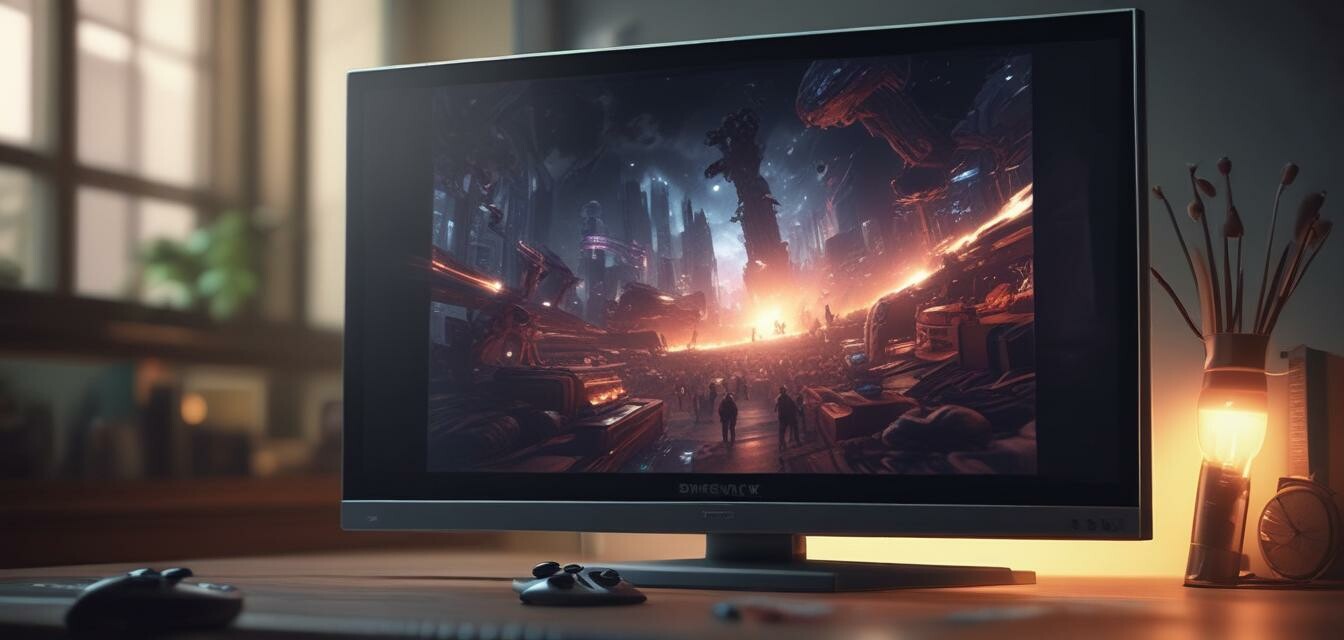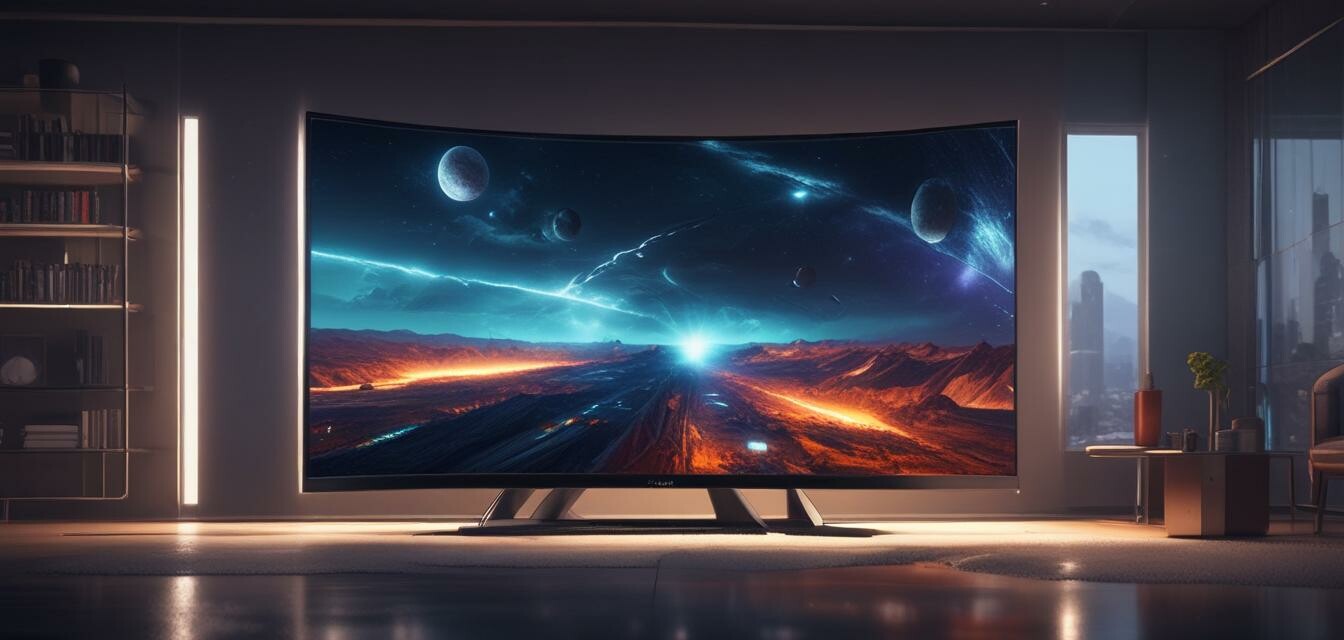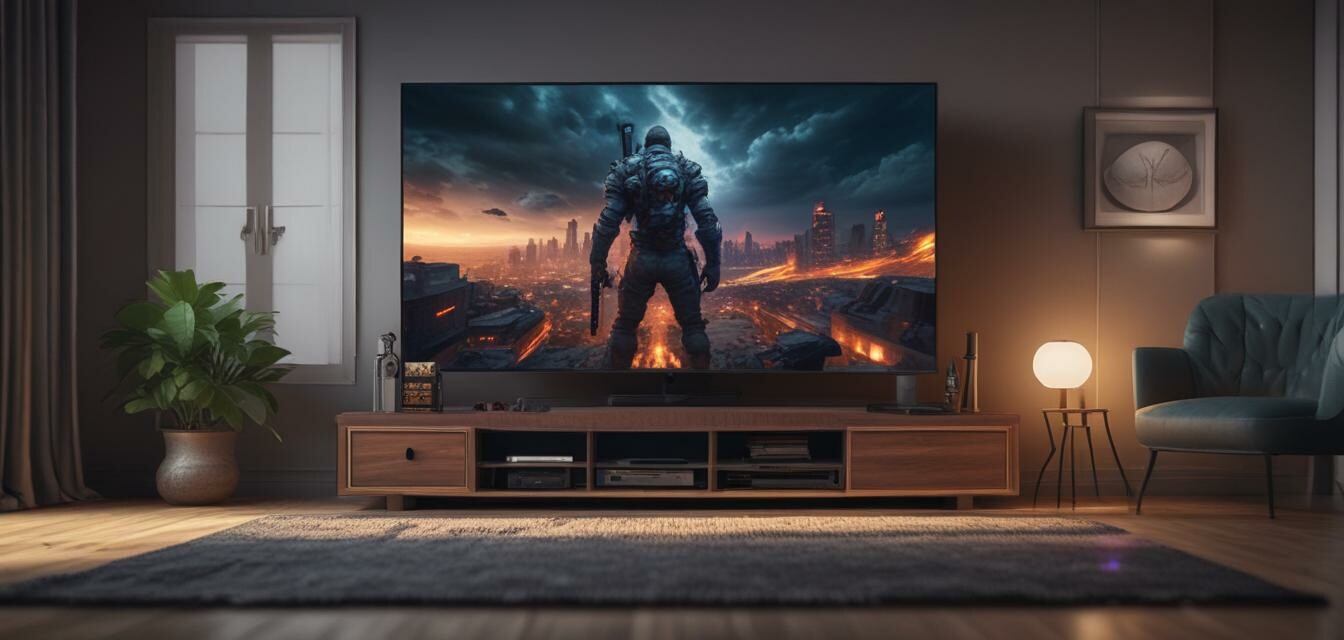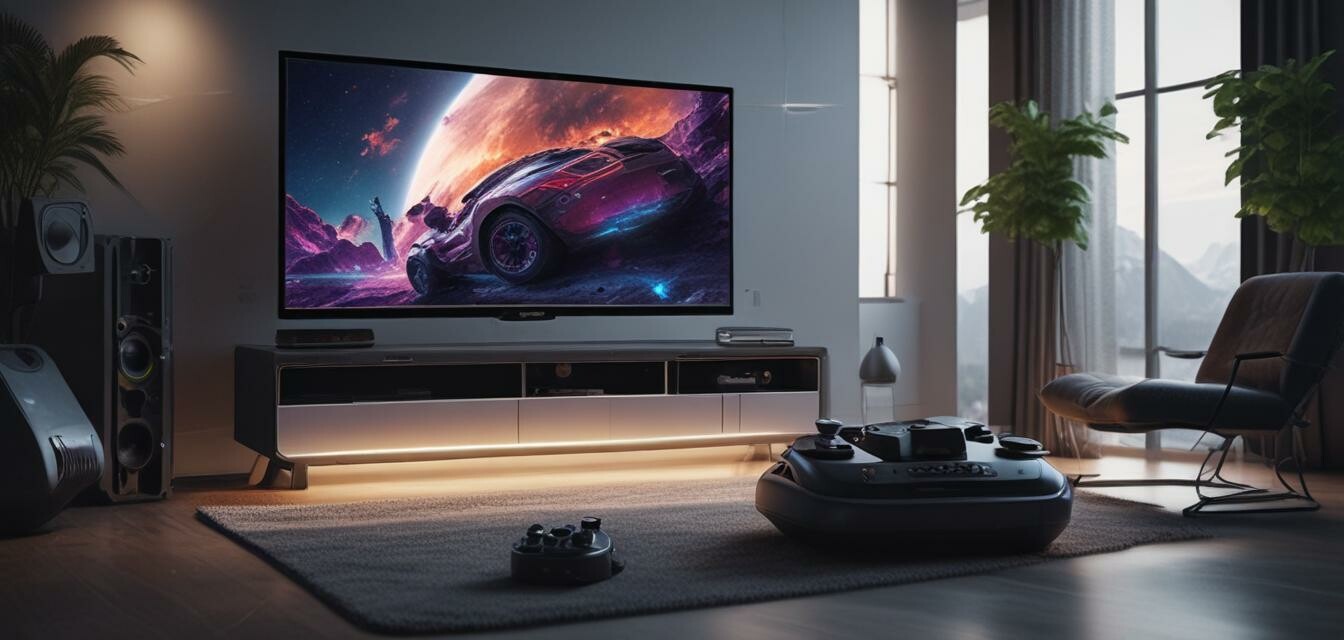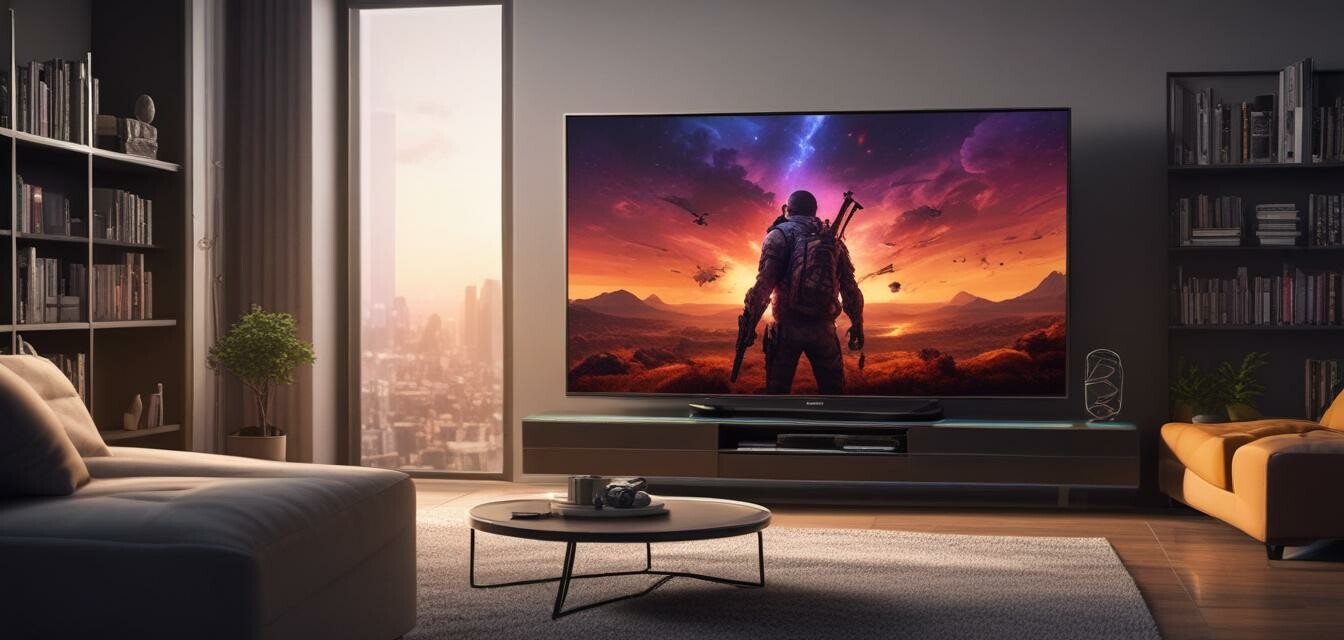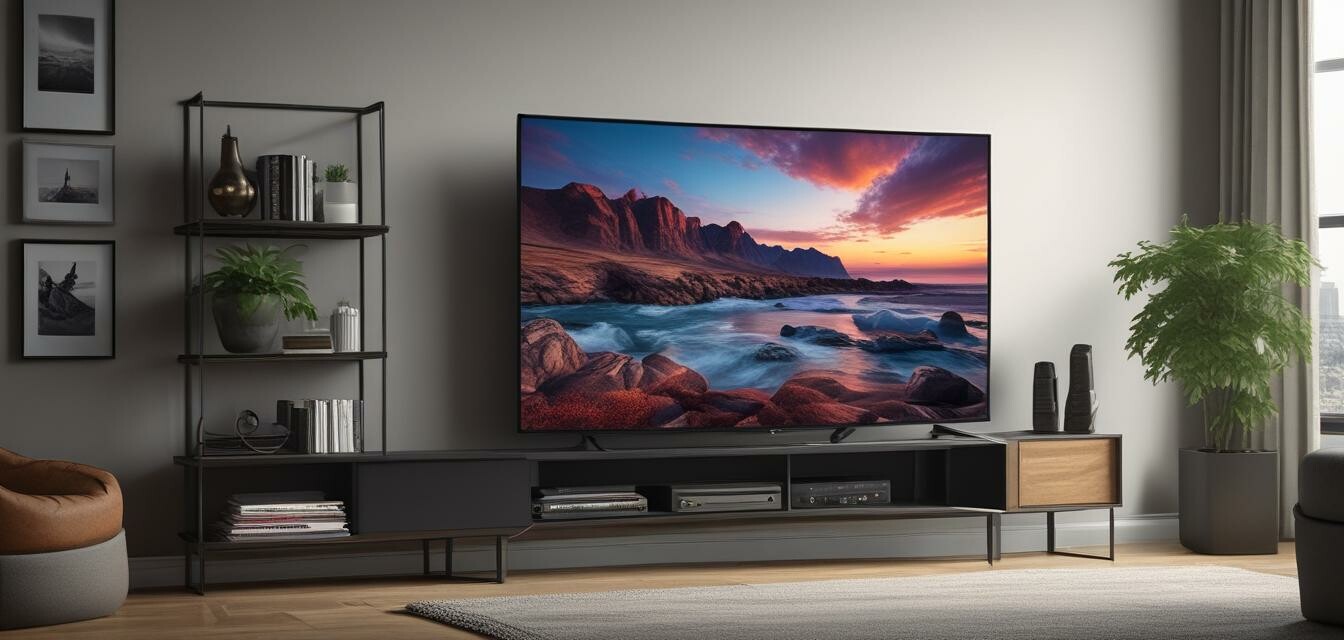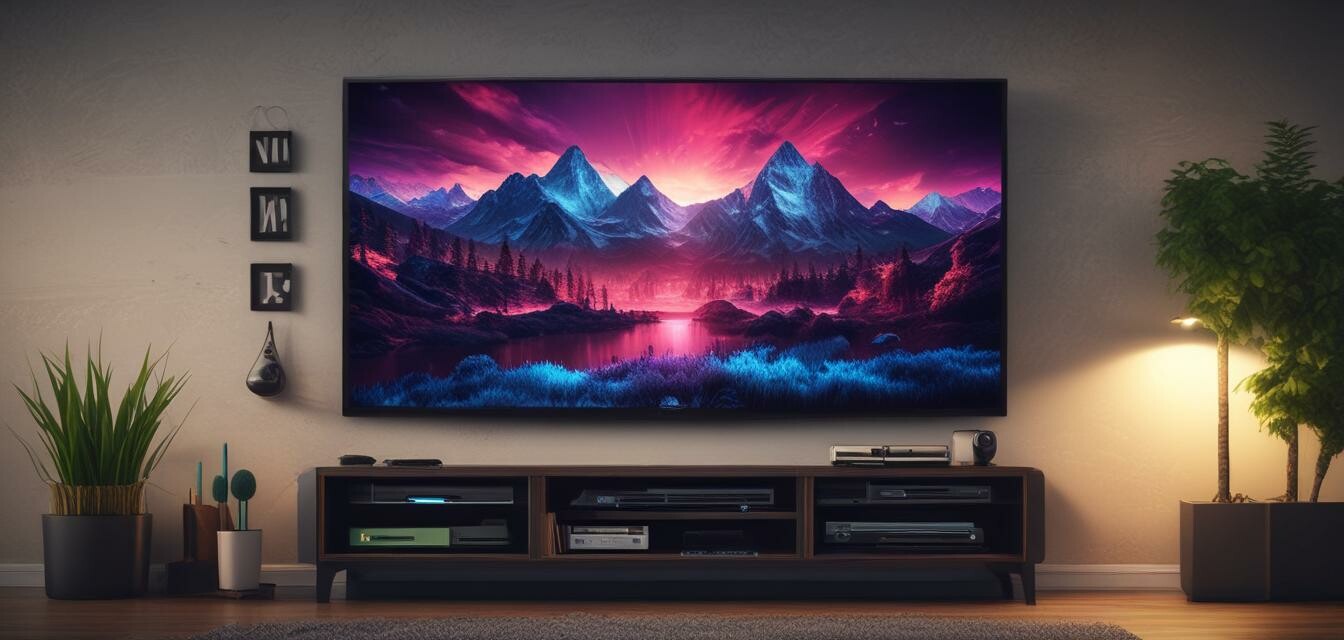
HDR TVs for Gaming: Unlocking Immersive Visuals
For an unparalleled gaming experience, HDR TVs have become the go-to choice for gamers worldwide. With their ability to produce vibrant colors, contrast, and detail, HDR-enabled TVs elevate gaming visuals to new heights.
Key Takeaways
- HDR TVs offer better contrast and color accuracy for an immersive gaming experience
- There are different types of HDR, including HDR10, HDR10+, and Dolby Vision
- When choosing an HDR TV for gaming, consider factors such as refresh rate, response time, and HDMI 2.1 support
What is HDR?
High Dynamic Range (HDR) is a technology that enhances the contrast and color accuracy of visuals on your TV. It achieves this by offering a wider color gamut, higher peak brightness, and better contrast ratio compared to standard TVs.
Types of HDR
| Type | Description |
|---|---|
| HDR10 | Open standard supported by most TV manufacturers, offering 10-bit color and up to 1000 nits peak brightness |
| HDR10+ | An enhanced version of HDR10, offering dynamic metadata and up to 4000 nits peak brightness |
| Dolby Vision | A proprietary format developed by Dolby, offering up to 12-bit color and up to 10000 nits peak brightness |
Benefits of HDR for Gaming
When it comes to gaming, HDR TVs offer several benefits that enhance the overall experience:
- Vibrant colors and better contrast ratio, making games look more lifelike
- Improved brightness and color accuracy, reducing eye strain and fatigue
- Increased immersion, drawing you into the game world like never before

What to Look for in an HDR TV for Gaming
When choosing an HDR TV for gaming, consider the following factors:
- Refresh Rate: Look for a TV with a high refresh rate, such as 120Hz or 240Hz, to minimize motion blur and stuttering
- Response Time: Opt for a TV with a low response time, such as 5ms or lower, to reduce ghosting and blurring
- HDMI 2.1 Support: Ensure the TV has HDMI 2.1 ports to take full advantage of HDR and high refresh rates
- Gaming-centric Features: Look for TVs with features like variable refresh rate (VRR) and auto low latency mode (ALLM) for a seamless gaming experience
Conclusion
For an unparalleled gaming experience, HDR TVs are the way to go. With their ability to produce vibrant colors, contrast, and detail, HDR-enabled TVs elevate gaming visuals to new heights. By considering the factors mentioned above, you can choose the perfect HDR TV for your gaming needs.
Pros
- Vibrant colors and better contrast ratio
- Improved brightness and color accuracy
- Increased immersion and realism
Cons
- Higher cost compared to standard TVs
- Limited HDR content availability
- Requires compatible gaming console or PC
Ready to explore the world of HDR TVs for gaming? Check out our 4K Gaming TVs and HDR Gaming TVs categories for the latest models and reviews.

Beginners Section
Tip 1: Check for HDR Support
Ensure the TV you choose supports HDR, and check for the type of HDR it offers (HDR10, HDR10+, or Dolby Vision).
Tip 2: Consider Your Gaming Console or PC
Make sure your gaming console or PC is capable of outputting HDR content, and check for any specific requirements.
Tip 3: Calibrate Your TV
Calibrate your TV to optimize its HDR settings for the best gaming experience.



